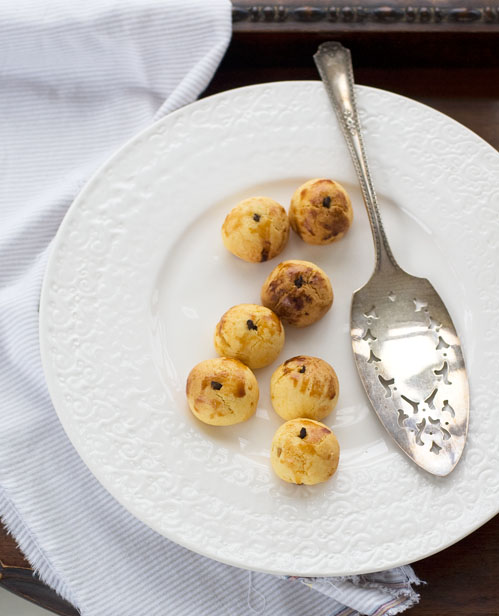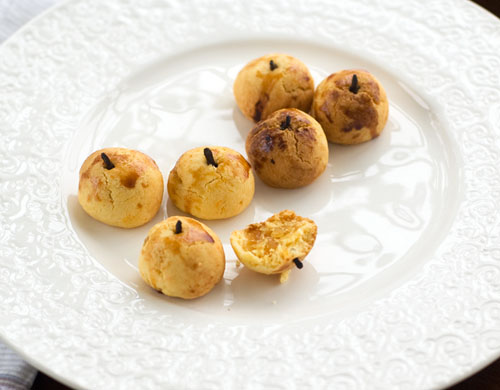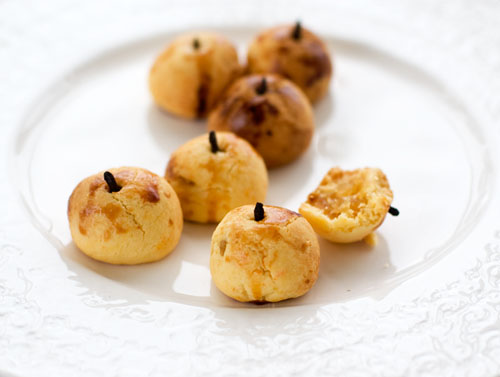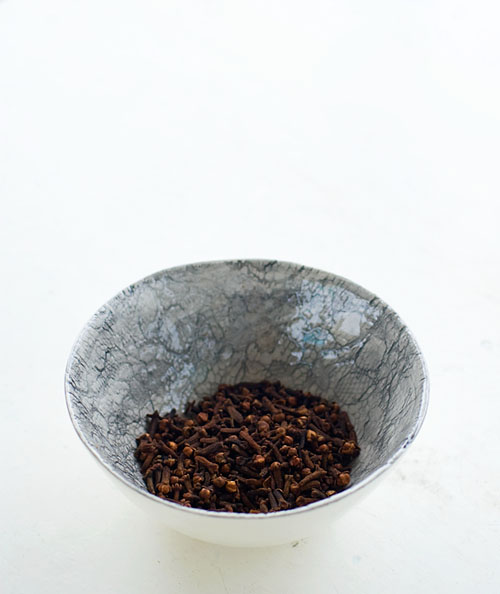February 1, 2010 at 3:50 pm
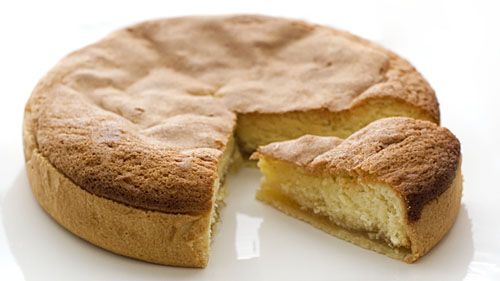
(Ananastaart : Pineapple Tart)
Brown food, it has to be acknowledged, is not the easiest thing to capture in enticing light. For someone who bakes, golden brown is probably one of the most attractive colours you could pull out of the oven. But for someone who also tries to take pictures of their baked goods, the same colour can be quite challenging to make look appetising.
I’ve noticed that I bake a lot of brown things, and that’s probably why I end up baking more than I blog. Let’s just say, for the majority of the time, I’d rather be eating than trying to take pictures of brown food 🙂
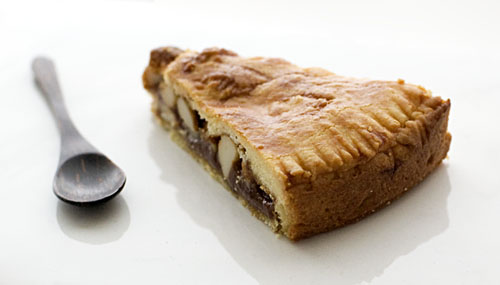
(Engadiner Nusstorte : Swiss Walnut and Toffee Pie)
This Engadiner Nusstorte, made a week ago, was so delicious that I struggled to hang on to that last piece in order to take a picture. Early on in the week, I sternly pointed to the remaining slice in it’s plastic container, declaring to B that it was Strictly Photo Pie, so Hands Off. Even so, I managed to secretly (I think) shave bits off the slice until it was nearly in danger of becoming non-existent. Not long after a picture was finally taken and the pie was relegated back to Edible status, the slice disappeared.
The reason why I was so adamant about taking a picture this time was because I wanted to highlight a cookbook I bought recently, that has rapidly become one of my current favourites : Warm Bread and Honey Cake by Gaitri Pagrach-Chandra.
I love a cookbook that respects baking audiences enough to use not only cup measures, but also weight measures in grams and ounces. It also scores highly with me if it happens to feature a collection of interesting pictures, and not just ones that have been styled to the hilt. For example, check out p301 to see how kataifi pastry is traditionally made.
It also extends beyond what you’d expect from a typical baking book. There are none of the usual suspects here – no chocolate brownies or endless variations on a single cupcake recipe. Instead, Warm Bread and Honey Cake plays host to a fantastic collection of unusual recipes such as a pink-tinted Caribbean coconut roll (Salara), Chilean layered ‘drunken’ apple cake (Kuchen Borracho), Chinese steamed red bean buns, a whole chapter on Turkish sweets and savouries, and many lovely looking Dutch recipes (the author also has a book on Dutch baking called Windmills in my Oven).
Not to mention the pineapple cake tart above either. Cake and tart in one hit? What’s not to like? It was delicious, but perhaps slightly overshadowed by the power of a pie that encases nuts and toffee in a single breath. The recipe for the pie is below.
Swiss Walnut and Toffee Pie :
(Engadiner Nusstorte or Bündner Nusstorte, from Warm Bread and Honey Cake by Gaitri Pagrach-Chandra)
Pastry :
300g plain flour
1/4 teaspoon salt
150g butter, chilled and cubed
100g icing sugar
1 egg, beaten
Filling :
250g caster sugar
2 tablespoons water
2 tablespoons honey, light corn syrup or liquid glucose
150ml double (heavy) cream, warmed
250g walnuts, coarsely chopped [Note : I used macadamia nuts]
Make the pastry first. In a large bowl, mix the flour and salt. Rub in the butter until the mixture resembles fine breadcrumbs. Add the icing sugar and rub in until well incorporated. Or simply put all the ingredients in a food processor and pulse until it resembles fine breadcrumbs, then transfer to a bowl.
Reserving 2 tsp egg, add the rest to the bowl and use your fingertips to bring it together. Add a few drops of water if necessary. Cover with clingfilm and chill while you make the filling.
Have a pair of oven mitts standing by. Put the sugar, water and honey in a large heavy-based saucepan over medium heat. Stir gently to dissolve the sugar. Bring to the boil and let it continue to boil until it becomes a dark golden colour. Stir from time to time.
Put on the oven mitts and pour the warm cream into the saucepan in a steady stream, stirring continuously. It will hiss and bubble ferociously, but the mitts should protect your hands and arms. Keep on stirring the mixture on medium heat until it is creamy and slightly thickened. To test, pour 1 tsp onto a cold saucer and tilt it after a few seconds. The mixture should spread slowly and not disintegrate into rivulets. Remove the saucepan from the heat and stir in the walnuts, coating them well. Set aside to cool.
Preheat the oven to 180’C. Grease a 24cm springform tin.
To assemble the pie, the pastry should be chilled but still malleable, or it will break when you roll it. Divide the pastry into two portions, one slightly larger than the other. Roll out the larger portion between two sheets of clingfilm to a 30cm circle and use it to line the tin. (Use the bottom sheet of clingfilm to help move it, removing the sheet once the pastry is in place). Press the edges of the pastry against the side of the tin.
Scrape the filling onto the pastry. Level the top as well as you can, but don’t apply too much pressure, or you may tear the pastry and the filling will leak out. Fold the excess pastry inwards over the filling.
Roll the second piece of pastry to a neat 22cm circle. Trim if necessary. Moisten the edges of the pastry base in the tin with a little water and position the second pastry circle on top of this. Use a fork to crimp and seal the edges. Brush with the reserved egg and prick with a fork in several places. If you like, you can score a plaid pattern onto the surface with the fork.
Bake for 35-40 mins, or until golden brown. Leave to cool until lukewarm in the tin, then loosen the sides, release the clip and carefully transfer the pie to a wire rack to cool completely.

